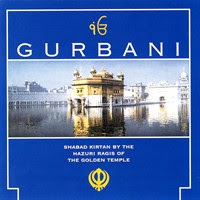
ARTIST: BHAI ONKAR SINGH JI (UNA SAHIB WALE)
ALBUM: KHASMEI KEI DARBAAR
TO DOWNLOAD SHABAD'S CLICK THE LINK BELOW....:--




TO DOWNLOAD SHABAD'S CLICK THE LINK BELOW.....:--

TO DOWNLOAD SHABAD'S CLICK THE LINK BELOW....:--

TO DOWNLOAD SHABAD'S CLICK THE LINK BELOW...:--












